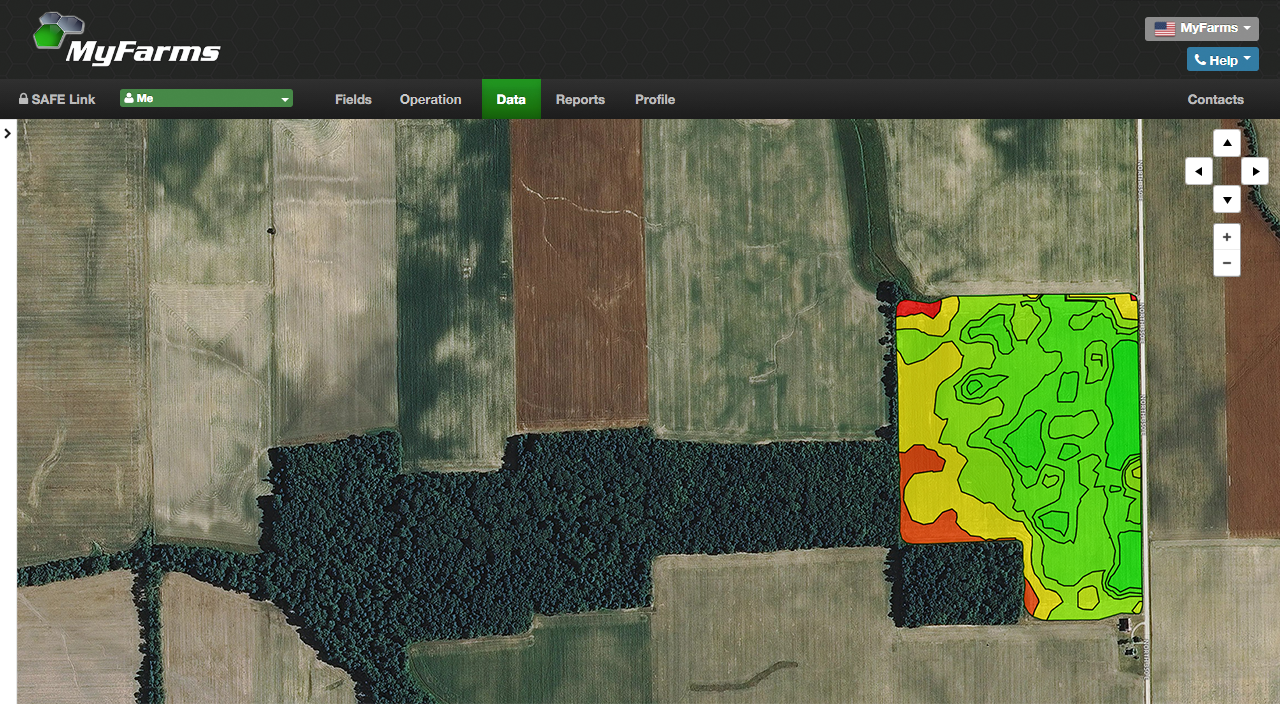Yield data used to be tricky
With dozens of yield monitors available, precision agriculture is like the Wild West with no standard data format. As a result, farmers and seed companies find it difficult to use yield data to improve cropping decisions. MyFarms solves this problem by converting data from any yield monitor into a standard format in order to create smarter farming decisions.
How it helps
Yield maps have far more productivity information than soil type maps. Next time you create a cropping plan, each zone in your yield map will automatically be categorized as a high, medium, or low yield environment. This positions offensive products on your most productive land and defensive products on your least productive land.
To start using your yield maps:
If you use variable rate seeding technology, MyFarms can create management zones and calculate the best planting rate for each acre and product combination.
And our analysis tools put your yield data to work:
- Yield x Product analysis: compare product performance by field and across your operation
- Yield x Soil Type analysis: break down product performance on each soil type
- Yield x Planting Rate analysis: see the return on investment of your fixed and variable rate seeding strategies
Why our approach matters
We value your independence, privacy, and partnership, which is why our privacy policy promises your yield data will never leave the system unless you intentionally grant permission to a third party to receive it. That enables your seed partner to reference your data when finding the best genetic, trait, treatment, and population combination for each field, without requiring you to sacrifice data control.
This approach contrasts the recent trend of input suppliers entering the software business. Many of these companies are eager to control as much yield data as possible, which causes anxiety among many farmers. From our point of view, yield data reflects the top line revenue on each field and should be handled with great care. We suggest caution when dealing with those who seek to manage your yield data one year and then price your inputs the next, since the former could be used to inform the latter.








